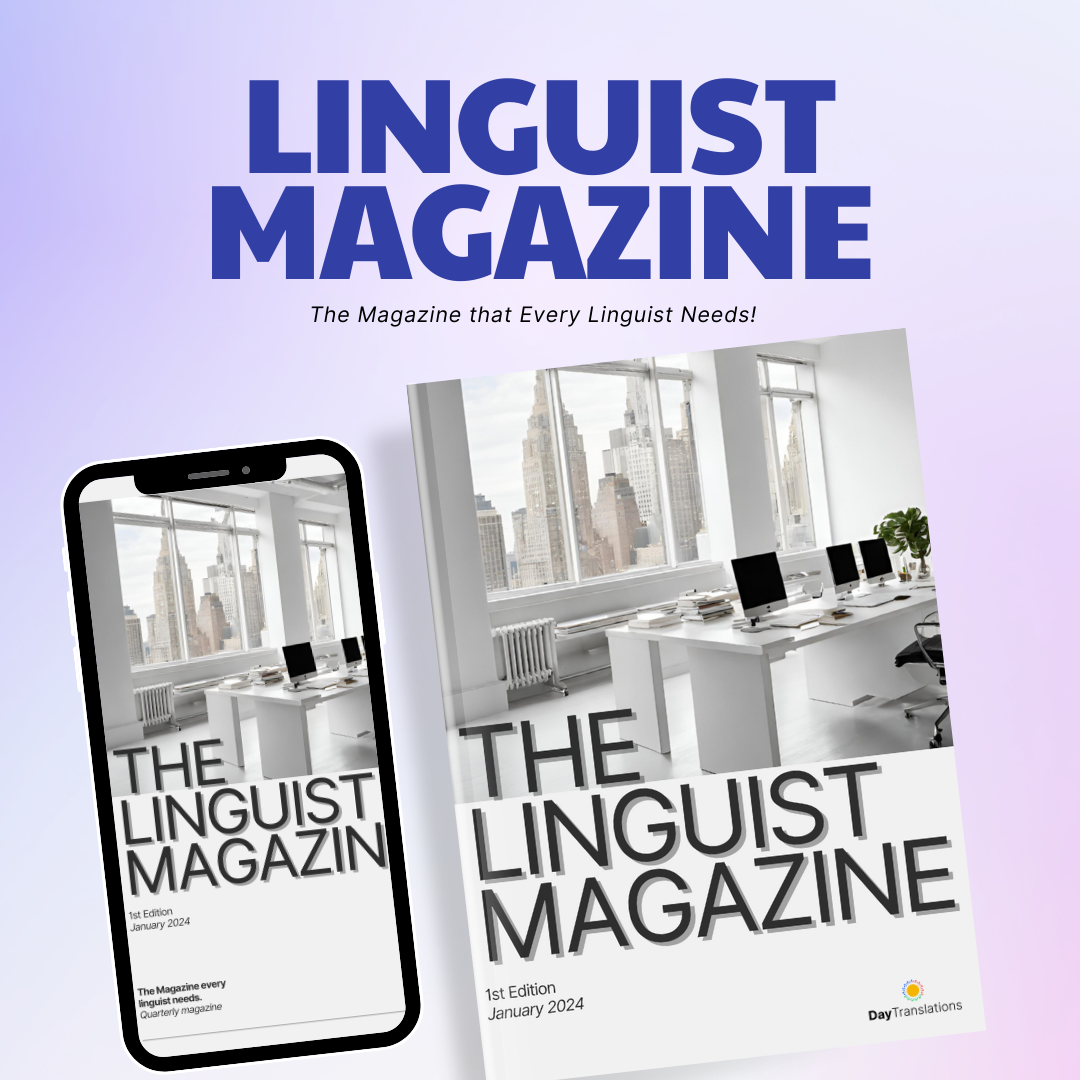Article in partnership with Day Translations.
International companies need to translate their key products and services for the local markets they supply. While the most strategic and sensitive messaging must be allocated to professional translators, some day-to-day bulk translating can be delegated to language technology tools.
Routledge looked at the development of language technology over the years: it attributes the first iteration of such technology to the year 1967, and the aim of developing translating tools was to support the work of professional translators.
From the 2000s onwards, computer-assisted machine translations not only offered suggested translated text but they could look up a database of pre-saved expressions in different languages to provide translators with shortcuts, without the need to type entire sentences. Before this
During the late 1990s and early 2000s Trados emerged as the leading translations software that professional translators worldwide were using. Over time, more computer-assisted translation software companies competed for market share.
Before this development, translations were more likely to be incomplete and, in many cases, incorrect.
The technology was limited to translating sentences word-by-word without the ability to look at the
context and to select the right term.
Demand for Translation Services Is Increasing
Professional translators are seeing a surge in demand for translation services, often as a result of less than successful inhouse use of computer-assisted automated translations without the expert eye of a qualified translator to spot inaccuracies and gaps.
Quick-turnaround automated translations are often not suitable for audiences that require an extra level of attention and customer service. For example, companies offering high-value services and experiences like concierges rely on making an excellent first impression and this can only be achieved with high-quality translations.
A field where professional translation is very much in demand is in advertising, where the right message has to reach the right audience and the margin of error is very low. International companies simply cannot afford to make mistakes when selling to global markets if a translated name of a product or service does not resonate with consumers or, even worse, is embarrassing or breaches social norms.
The Future of Machine Translation
It has been said that the future of machine translation is exciting, as technologies are always evolving and databases are enriched with new input on a daily basis. A large part of this input is being generated through Artificial Intelligence with its ability to process large chunks of data in seconds or milliseconds.
Even though there are still a small number of AI translation providers, it is likely that more players will emerge and the emphasis will be on human input to improve the accuracy of translated texts.
Global companies are already working alongside these translation providers to shape how the technology will evolve over time.



